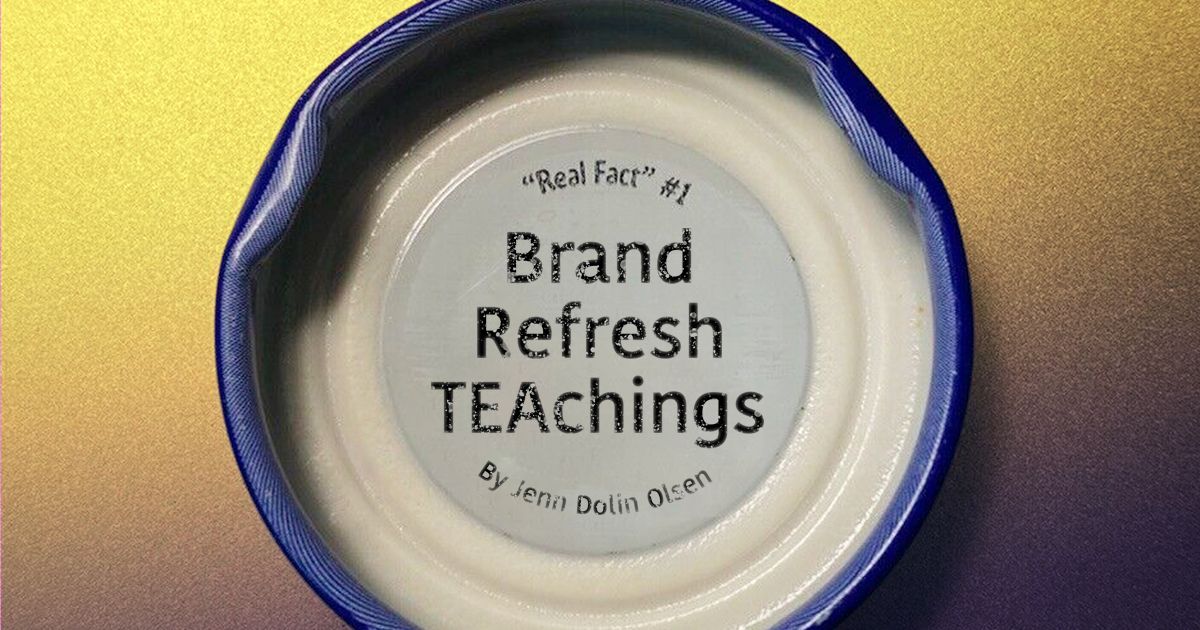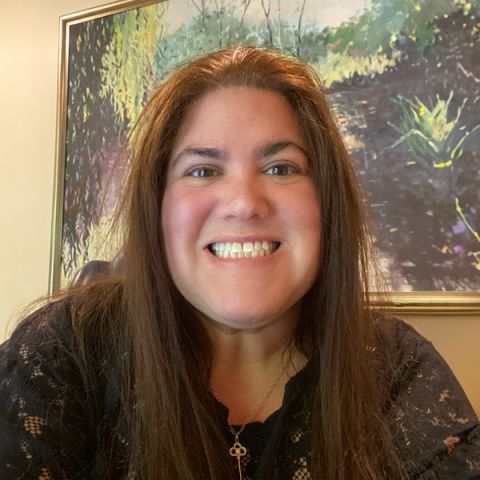Every time I buy my favorite iced tea, I go through the same ritual: rigorously shake the glass bottle, pound the bottom to remove any unsettled contents, then unscrew the bottle cap. Ignoring the urge to take my first sip, I read the fun fact printed inside the cap, such as “the longest attack of hiccups lasted 68 years” (can you imagine?). While this trivia isn’t going to increase my chances of being on Jeopardy!, it piques my curiosity every time I interact with this brand.
Over the last 20 years drinking this tea, I have developed some weird quirks. The popping of the metal cap triggers my ASMR (autonomous sensory meridian response) and sends a tingling sensation down my back. Pounding the bottom allows me to watch the flowing tea leaves like the contents of a snowglobe. When the bottle sweats and loosens the paper label, I have the urge to rip it off so I can see the deep color of the drink. Weird quirks, indeed, but nonetheless a ritual that has become so customary and influential that my connection with this brand is powerful and enduring. Or so I thought.
About a year ago, I found I was not able to continue my eccentric routine as the brand took a turn toward becoming more sustainable by changing the bottles from glass to 100% recycled plastic. The brand claims the recycled plastic bottles use 75% less energy and 80% less materials, which allows them to pack more cases per truck, which means less trucks on the road, which means lower CO2 emissions. The cap and label, now made of plastic, are printed with washable ink so that they can be manufactured into new products. They also decided to replace “diet” on the label with “zero sugar,” following the current trend among “zero sugar” beverages.
A complete brand refresh. All at once. Without asking me, their loyal customer, if I was onboard with this. A brand refresh is usually good, right? Yes. No. Sometimes. It depends.
A brand refresh is the process of updating and reestablishing branding and marketing items whereas a rebranding is an entire transformation of a company, product, or service. A brand refresh can help you keep a competitive edge by adapting to new trends, and it's a great way to create new and memorable impressions that distinguish your brand from your competition. But too much of a brand refresh can be costly, risky, and overwhelming to your customers–and too little can leave consumers confused and runs the risk of total brand abandonment.
As our clients' companies and organizations evolve and look to grow their business and gain market share, they come to LMD for our brand refresh expertise. Our brand refresh process includes three critical steps to amplify your business and strengthen your brand.
-
Outcomes and results are where LMD starts first. Sounds crazy, but it’s important to know where you want to end up so we can create a solid roadmap to get you there without any speed bumps and delays. We ask a variety of questions such as why you want a brand refresh and what you hope to gain.
-
Research is often overlooked and undervalued but is the most crucial element to a successful brand refresh. We uncover insights, demographics, and consumer trends through industry analysis, surveys, focus groups, and in-depth interviews, which then helps us develop and create key messages and audience personas. We also perform a competitive analysis during this stage to determine how to enhance products and services, find opportunities to innovate, identify what your competition is doing, and recognize your gaps.
-
Rolling out your refreshed brand with consistent internal and external communications is the most important step to communicate the intent and purpose of the refresh to your employees, partners, and customers. Reacquainting your customers through various communication channels keeps them engaged and excited about your brand.
What are my thoughts on the brand refresh of my “zero sugar” tea? I no longer pound the bottom of the bottle. I no longer hear the popping of the metal bottle cap. I no longer see the tea leaves float and drift from one end of the bottle to the other. I no longer can peel the sweaty paper label off the glass bottle. The new plastic bottle gives the tea a dreadful, chemical-like taste–in fact, over 24,000 consumers concurred and signed a Change.org petition to reinstate the glass bottles. Will this brand listen to its customers and go back to its original packaging? Probably not, but at least one thing remains: the fun fact on the bottom of the bottle cap (did you know that bullfrogs are the only animals that never sleep?).
Need support with your next brand refresh? We can help!
In her role as Senior Market Research Analyst, Jenn Dolin Olsen supports LMD by gathering, organizing, analyzing, interpreting, and reporting market-related information for client research projects. She also creates, implements, and analyzes surveys and conducts secondary research to identify and evaluate competitors, market trends, and market conditions or changes in the industry that may affect our clients’ businesses and strategic goals, and/or provide opportunities for ventures into new markets.
Dolin Olsen has been trained by The Burke Institute to moderate, manage and analyze focus group and in-depth interview sessions. She has a B.S. in The College for Human Development and Psychology from Syracuse University and an MBA and MNO (Masters of Nonprofit Organizations) from Case Western Reserve University.

